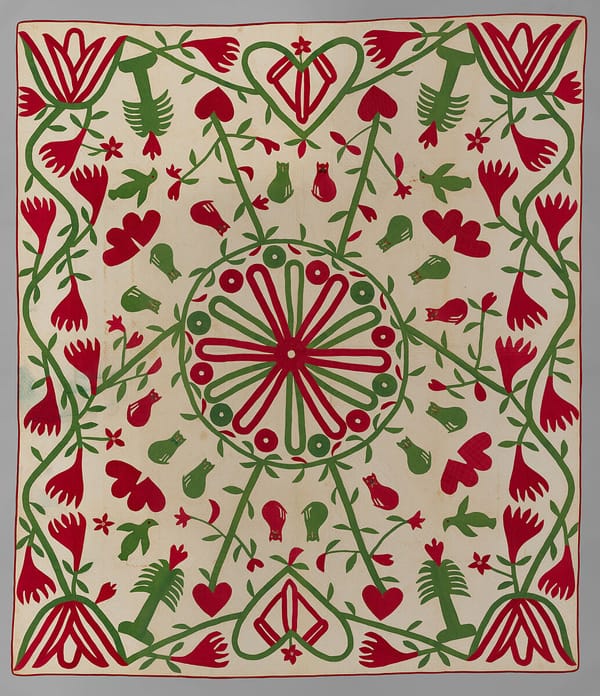Every Era Has Problems Caused by Its Own Technology -- How Will You Overcome Yours?
In the 1960's the early computer era faced a dilemma. Computing was done by massive mainframes that took up entire buildings. To interface with the mainframe, a programmer would have to walk all the way across campus to submit a punch card and sometimes wait days for a result.
This slow interface was such a given, that businesses at the time were focused on the local problem of making punch cards faster, short-sightedly assuming that people wouldn't want to interface with their own machines and that this would stay the status quo forever.
The visionaries in the product planning department couldn’t see a significant market for computers and wanted to put the company’s resources where the real money was: developing better punch-card tabulators. (Location 2907)
However, the creative minds at Project MAC led by Robert Fano thought counter-intuitively. They realized that a central computing unit could quickly communicate with remote terminals and that these remote terminals wouldn't need to compute anything on their own.
Imagine you are at a restaurant with a single waiter -- the waiter can only service one table at a time. But if the waiter could move ridiculously fast (near the speed of light, let's say), to an individual it would seem like the waiter was always at their table.
In practice, this time sharing change allowed single core CPUs to tackle one task at a time, but move so fast as to be imperceptible to any individual programmer.
This was a creative solution to a problem through inversion. Instead of valuing the time of the mainframe, the time sharing model valued the time of the individuals using the computer. By using this value as a core premise, the technology of time-sharing was born.
To learn more about the creative solutions applied to the problem of computing in the 1960s, take a look at 202212212348.
Today, we have our own set of problems.
One problem is the issue of publishing online. Problems are encountered that prevent the intended look and feel of a blog post/video, either because we are pleb serf to some external business garden garden like Twitter, or lack the requisite skill or talent to build our dream platform ourselves.
Some of these problems are rooted in the technology of our era. There are technologies that are "given" in our era (HTML, JS, HTTP) for example. Those may or may not change in our lifetimes. However, similar to the problems of the 1960s, a counter-intuitive creative answer may be hiding right under the surface. By thinking creatively and using inversion, we can examine our problem in a new light.
What are you trying to accomplish? No, what are you really trying to accomplish?
With enough creativity, problems can not only be solved, but they can inspire other solutions to make something all together better.
To learn more about how I addressed the modern publishing landscape problem by building my own app and moving away from Obsidian Publish, take a look at 202301312143.
Both the problem of how to solve multi-user computing in the 1960s and the problem of publishing to the Internet in the 2020s share a common element in requiring consistent effort to solve the problem.
We often think that technology and innovation are a given, but this is never the case. Innovation is a slow grind, born of trial and error and consistency. This is also true in the gym. If you wish to gain strength, it's tempting to approach the activity with >100% energy/gusto. However, this can cause injury which removes you from any type of routine being built.
Let's try to apply the creativity above to our problem of working out. Assuming our goal is strength, we need to clarify what it means to be strong. Are we factoring age? Genetics?
To become strong, we need to replace desire with a concrete plan that takes into account the realities of the world vs. what we are trying to do. In fact, slow consistent workouts with lower than maximum energy expenditure can prevent soreness and injury, which leads to longer workout windows over monthly-annual periods, resulting in equal strength with lower risk.
By thinking creatively, we are able to create a non intuitive workout plan that is focused on stability and sustainability in long term strength goals.
Until some technology is created that allows humans to workout at 100% without risk of injury, using the technology we do have (progressive weights, bands/belts) along with creative time and effort management helps attain our workout goals.
To learn more about slow workouts, check out 202212292307.




